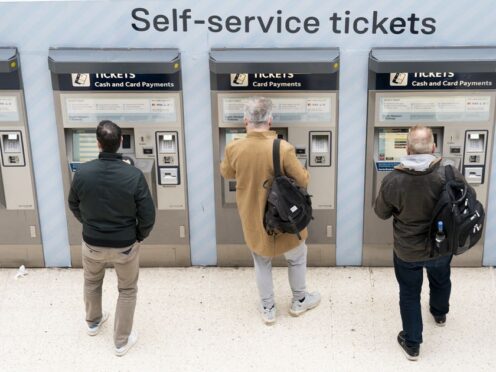
The percentage of train journeys made using season tickets has fallen to a record low, according to new figures.
Office of Rail and Road (ORR) data shows the tickets accounted for just 13% of the 1.6 billion journeys taken on Britain’s railways in the year to the end of March.
That is down from 15% during the previous 12 months, and is the lowest percentage in records dating back to 1987.
Around a third of train journeys before coronavirus restrictions began in March 2020 were made using season tickets.
The reduction since then has been driven by the increase in working from home.
Passengers who only travel to a place of work by train for part of the week often buy daily tickets as this is more cost-effective than weekly, monthly or annual season tickets.
Flexi season tickets aimed at commuters who travel to work two or three days a week were launched in June 2021, but their take-up has been minimal and they have been criticised for often offering little or no saving compared with daily tickets.
The rail industry was historically reliant on many commuters – particularly in south-east England – purchasing expensive annual season tickets for a large chunk of its total revenue.
In the year to the end of March, revenue from passengers was £10.3 billion.
That is just 82% of the £12.7 billion generated in 2019/20, despite the total number of journeys being made recovering to 93%.

Enjoy the convenience of having The Sunday Post delivered as a digital ePaper straight to your smartphone, tablet or computer.
Subscribe for only £5.49 a month and enjoy all the benefits of the printed paper as a digital replica.
Subscribe